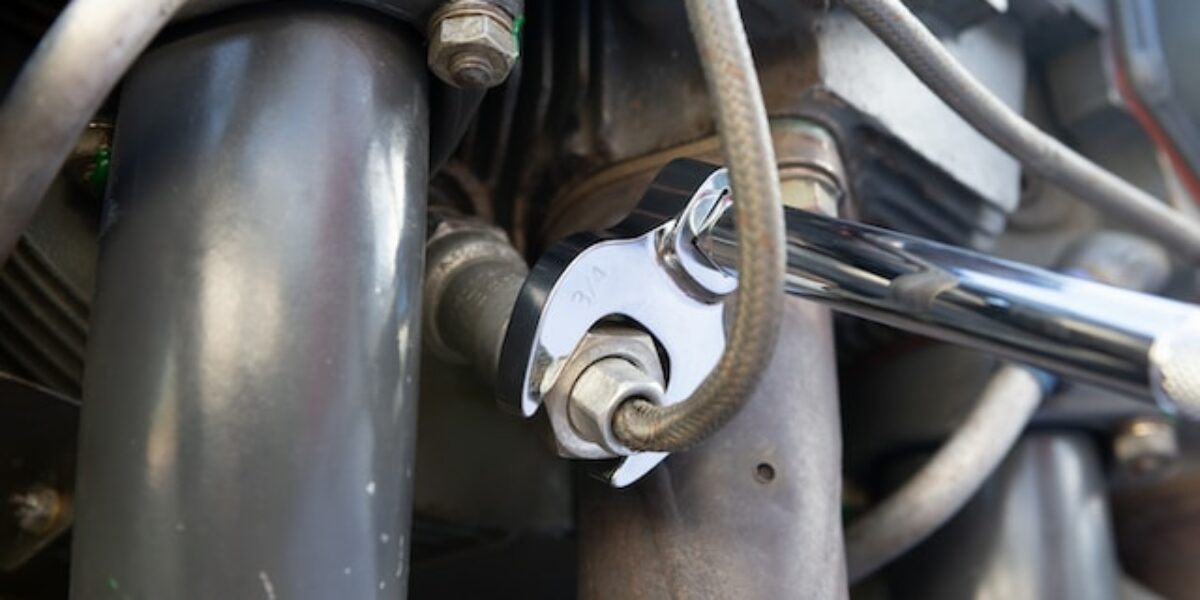DIY breakdowns
The added costs of car repairs done at home
Trying to save money by trying to do a professional’s job by yourself can end up costing you more. Too many would be mechanic find out too late that they just aren’t up to scratch.
According to a new survey by Aviva, perhaps we should think twice before popping the bonnet.
Cost cutting
With the cost-of-living crisis putting the brakes on senseless spending, it’s understandable why half of those who responded said it was to save some dosh. Unfortunately, nearly as many claim confidence in their mechanical skills.
However, 45% of DIYers end up taking their car in to finish the job they started. Second thoughts led to the false economy dilemma.
While everyone’s experience was different, the average botch job cost the owner £803. For electric vehicle owners, this rose to £1,279.
As cars have become more complex and digitised, attempting DIY car repairs isn’t what it used to be.
Age and discretion
DIY failures were most common among the younger age groups.
Nearly three-quarters of 17-24s need to get their slip-up fixed by a professional. The 25–34-year-olds were a bit more successful, with a slightly better 61% reaching out for extra help.
The most popular tasks that most people would do themselves included:
- Replacing headlights, taillights, or other bulbs
- Checking tyres for cracks, bulges and other defects
These seem like relatively straight forward task. However, if you’ve tried changing a headlight bulb recently, you might be surprised at how difficult it can be to access the headlight. As for cracks and tyre bulges, do you really know what’s safe or not?
Unless respondents were trained to complete some of the more fiddly tasks, the chances are they’re risking something dangerous happening while they’re on the road.
In our study, 15.3% of drivers tried to replace an interior component, like a broken door handle or seat belt. While it may look simple in a video, you wouldn’t want to risk it, especially when you consider the potential dangers associated with driving. Even the poorly repaired door handle can see you stuck in you car for longer than you intended.
| Task | % of respondents attempted |
|---|---|
| Changing the oil filter | 21.70% |
| Replacing the air filter | 18.50% |
| Checking and changing windshield wiper blades | 36.90% |
| Checking and topping up fluids (e.g., water, coolant, brake fluid, power steering fluid) | 52.60% |
| Replacing the cabin air filter | 13.60% |
| Replacing spark plugs | 16.40% |
| Replacing the battery | 25.00% |
| Checking tyre pressure and inflating/deflating as needed | 58.50% |
| Checking tyres for cracks, bulges and other defects | 48.30% |
| Replacing a blown fuse | 21.50% |
| Replacing headlights, taillights, or other bulbs | 33.70% |
| Installing or replacing a car stereo or speakers | 13.90% |
| Replacing brake discs and/or pads | 17.70% |
| Repairing minor scratches or dents | 23.40% |
| Replacing a damaged side mirror or exterior trim | 13.90% |
| Replacing a broken interior component (e.g., door handle, seat belt) | 15.30% |
| Replacing the timing belt or timing chain | 8.00% |
| Changing a tyre | 35.10% |
| Fixing the air conditioning/ heating | 10.60% |
| Other, please specify | 1.10% |
| N/A- have not done any repairs/maintenance within this time period | 2.50% |
If at first you don’t succeed…
According to survey results, the vast majority of those who attempted DIY car maintenance or repairs are likely to give it another go. Although, they haven’t confirmed which jobs they had in mind.
If you don’t have the right safety equipment or proper training, you could dig yourself into an expensive, or dangerous hole. While certain jobs might appear to be a quick fix at first, you could make the problem worse or even injure yourself.
Youtube videos are all too enticing, with professional making it look easy. The cold air of reality, lack of the correct tools and no previous experience can soon change your viewing habits.
Other costs
Performing DIY repairs could invalidate your insurance.
A botched job can damage the car’s value. Similarly, upgrading your vehicle’s features might add value, if done properly. This would be crucial for insurers to know if there’s an accident. So as a rule of thumb, it’s best to keep your insurer updated, especially if you don’t own the car outright. Modifications are a common area of concern that can seriously increase you premiums.
If you own the car outright, insurance companies may be more willing to let you do a self-repair. It’s always a good idea to check with your insurance provider before getting repairs done, whether they are professional or DIY.
In the case of leases and financing, the company that owns the car may decide who can fix it. This is because they’ve got a financial interest in the vehicle, so always run it by them before making any snap decisions. You really don’t want to get a penalty or undermine your contract agreement.
Satisfaction
“With inflation impacting every aspect of our lives, it’s not surprising,” says Hazel Johnson, Personal Motor and Home Claims Director, at Aviva, comments. Especially considering the “abundance of tips and advice available at their fingertips”.
It can be truly satisfying to carry out wrk yourself, not just for the financial aspects. However, it’s essential you really understand what’s entailed, you have the tools, the time and the patience. If you don’t own the vehicle outright, then make sure you have permission first before the simple repair becomes and complicated financial disaster.
Read the full Aviva article here.






